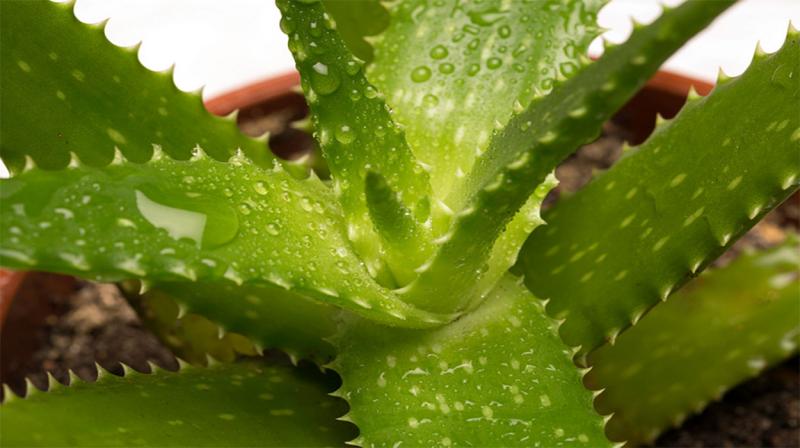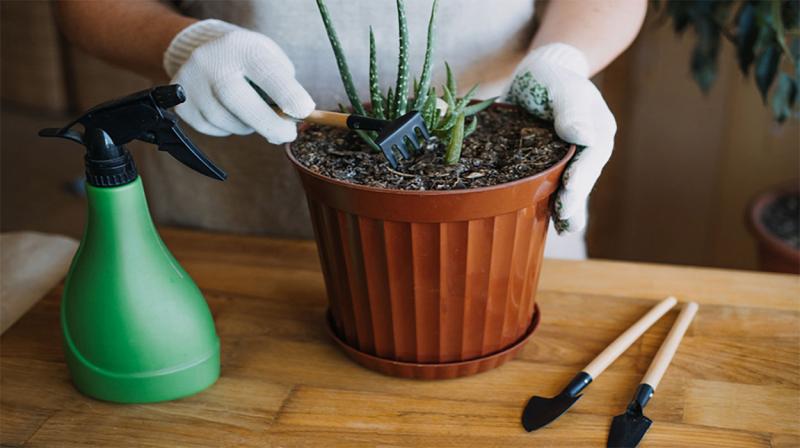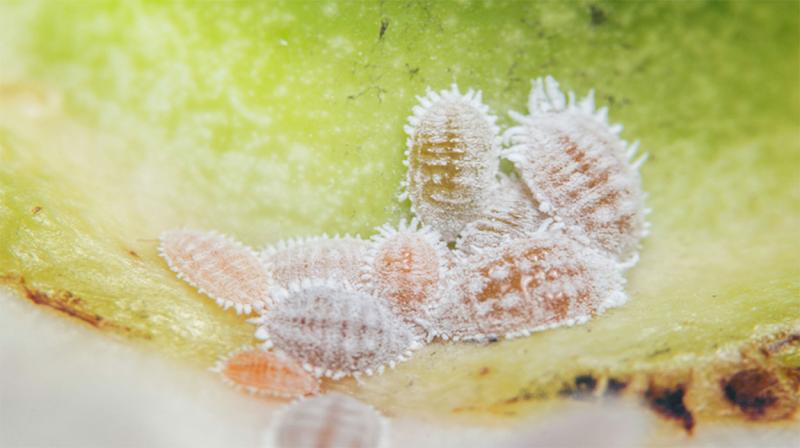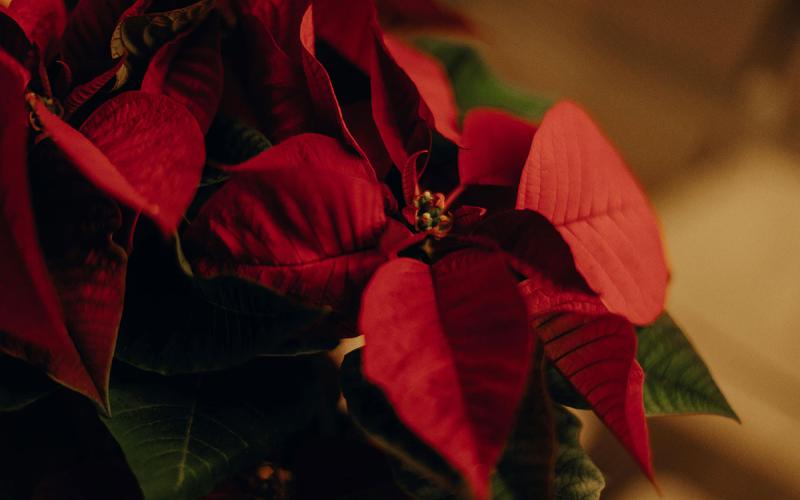Written by Cindy Schnabel under the direction and review of Kristine Lang and Sydney Trio.
Description

The Aloe Vera (Aloe barbadensis miller) plant is great for beginners, because it requires very little care.
The Aloe Vera plant is native to the regions of Africa, Madagascar, and the Arabian Peninsula, and there are about 400 unique species of the plant.
It has green, fleshy, lance-shaped, leaves that fan out from the center of the plant. The leaves are serrated with small teeth-like barbs on them.
It has been referred to as “the medicine plant,” because its juices have been used to relieve pain from scrapes and burns. It is also used to help acne outbreaks.
Plant Care

- Soil: It naturally grows in nutrient-poor soil. Sandy soil or a pre-mixed cactus potting medium is best.
- Water: Regular, thorough watering is best, making sure that the soil dries out completely before watering again. Too little water will give you yellow, shriveled, and puckered leaves. The plant should recover once it is watered again. If the plant sits in water, it be susceptible to root rot. Since the plant goes dormant during the winter months, it is best to reduce watering.
- Light: It requires bright, indirect sunlight. Direct sunlight can burn its tender skin. The lack of light will make the plant leggy, causing weak leaves. Too little light will cause the leaves to droop.
- Temperature: Temperatures between 55 to 85 degrees Fahrenheit closely resemble its natural environment. Most indoor temperatures are within that range. Aloe Vera cannot tolerate frost, so keep this in mind if you plan to place your plants outdoors for the summer.
- Humidity: It does not require extra humidity, and the air within your home (especially dry, winter air) will be ideal.
- Fertilizer: No fertilizer is usually required to keep the plant healthy.
Problems and Solutions

- Pests: Mealybugs, aloe scale, and aloe mite may be a problem. Mealybugs usually congregate at the base of the plant. They leave behind a sticky secretion. The sticky substance creates an environment for mold to set in. Insecticidal soap can be used to control mealybugs. Make sure you follow the label on the product for the best results.
- Diseases: Aloe rust, root rot, and fungal disease may appear. Cool temperatures and high humidity are the cause of rust and fungal diseases. Yellow spots that turn brown on the leaves are the sign of Aloe rust. It usually does not need treatment. Root rot is due to overwatering. There is no treatment, and this can be fatal if not caught early enough.
A word of caution, people or pets should not ingest the plant. It can cause nausea and indigestion if taken in large quantities. Since aloe vera can be neglected and still survive, as well as provide medicinal properties, it makes an excellent addition to your home.
Reference and Resource
Aloe vera, N.C. Cooperative Extension.


